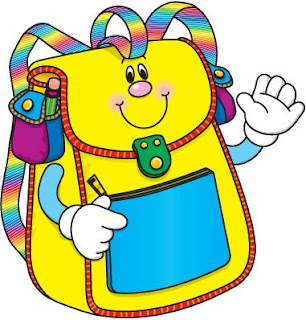How to Avoid Overstimulation in Kids Over the Holidays
The holiday season is known for it's colorful lights, twinkling music, beautiful decorations, and it's many activities. So many activities. There are parades, Christmas concerts, parties, visits to Santa, shopping trips, and even tours of our beloved local attraction, the East Peoria Festival of Lights. There's a lot going on, so much, that it often leads to overstimulation in kids. What is overstimulation? Overstimulation occurs when "a child is swamped by more experiences, sensations, noise and activity than she can cope with" ( https://raisingchildren.net.au/newborns/behaviour/common-concerns/overstimulation#signs-of-overstimulation-nav-title ). Imagine you're having a Nerf battle with your kids. You could probably take a few hits from the soft projectiles without being bothered, but if you are being pelted with them, you might run away, duck and cover, or rally in a counterattack. This is what's it's like for a kid's brai...

